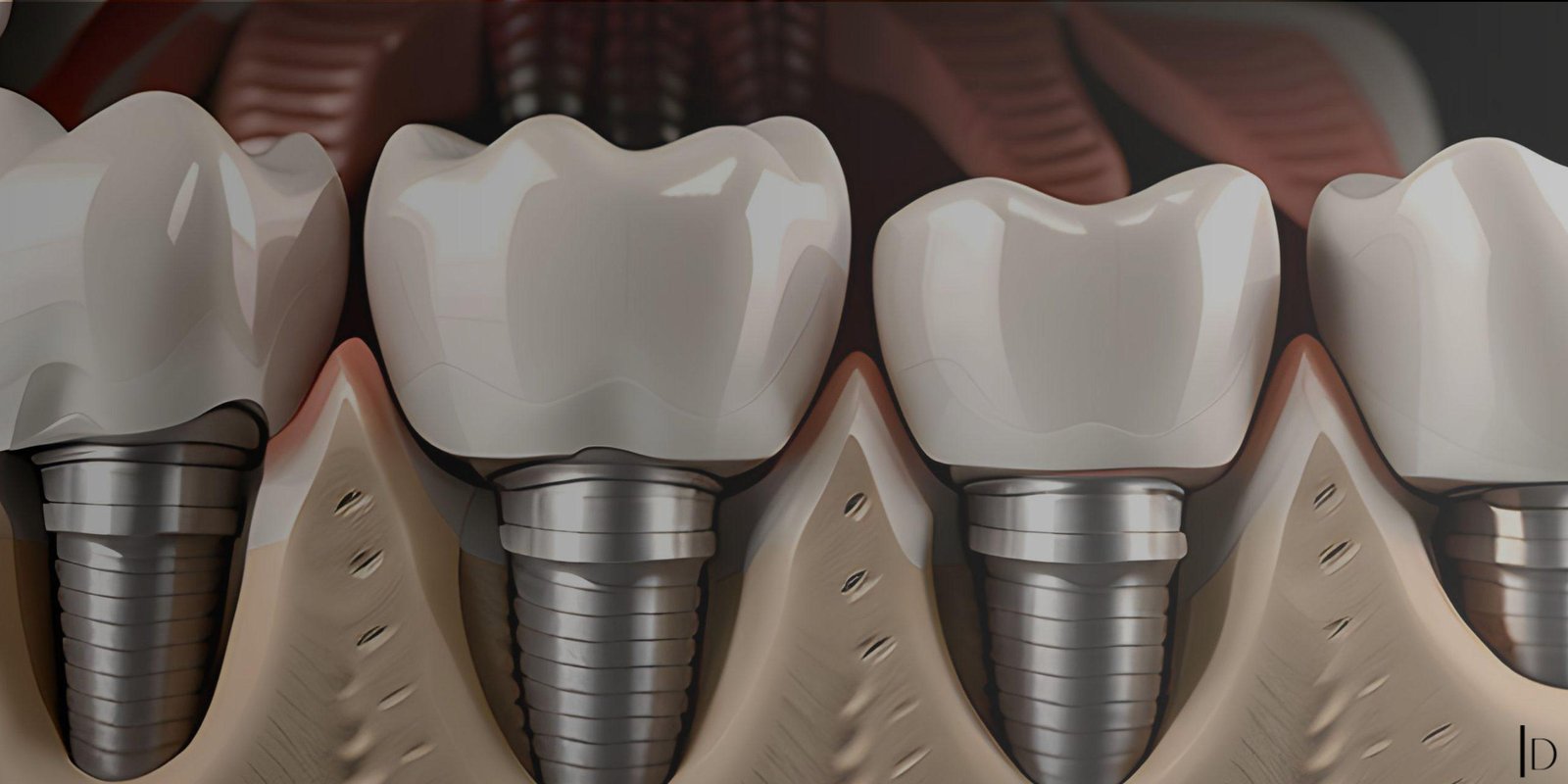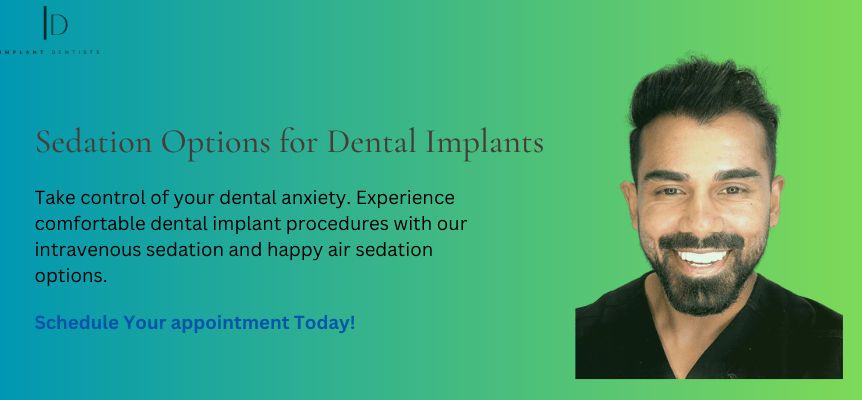Tag: best dental implants

How Conventional Bridge Dental Work Can Transform Your Appearance
August 21, 2023Rediscovering Your Smile Through Conventional Bridge Dental Work
Your smile is one of the first things people notice about you. It plays a crucial role in creating a positive first impression. However, dental issues such as missing teeth can significantly impact your confidence and overall appearance. Conventional bridge dental work offers a tried-and-true solution to restore your smile’s brilliance and transform your appearance, boosting both your self-esteem and oral health.
Understanding Conventional Bridge Dental Work
Dentists commonly perform conventional bridge dental work to replace one or more missing teeth. It involves creating a “bridge” using dental crowns and artificial teeth to fill the gaps left by missing teeth. The adjacent natural teeth or dental implants anchor the bridge, creating a seamless and functional restoration.
The Aesthetic Benefits of Conventional Bridge Dental Work
- Enhanced Smile Aesthetics: Missing teeth can lead to a sunken appearance and a lack of facial symmetry. Conventional bridge dental work restores the natural contours of your face. The bridge revitalising your appearance and giving you a more youthful look.
- Improved Confidence: Regaining a complete and beautiful smile can do wonders for your self-confidence. With conventional bridge dental work, you can smile, speak, and eat with confidence, knowing that your dental issues are no longer a cause for concern.
- Natural-Looking Results: Dental technology has come a long way, and modern bridges are designed to closely mimic the appearance of natural teeth. The materials used in bridge construction can be colour-matched to your existing teeth, ensuring a seamless integration that is virtually indistinguishable from your real teeth.
Functional Advantages of Conventional Bridge Dental Work
- Restored Chewing and Speaking: Missing teeth can make chewing and speaking difficult, affecting your quality of life. Conventional bridges not only improve aesthetics but also restore your ability to enjoy a wide range of foods and communicate clearly.
- Preserved Oral Health: Gaps left by missing teeth can lead to oral health issues such as shifting teeth, bone loss, and gum problems. By filling these gaps with a bridge, you maintain the integrity of your oral structures. You prevent potential complications in the future.
The Conventional Bridge Procedure
- Consultation and Examination: Your dentist will conduct a thorough examination of your oral health and discuss your treatment options. If bridge dental work is deemed suitable, the treatment plan will be outlined.
- Preparation: We remove a small amount of enamel from the adjacent teeth to the gap to accommodate the dental crowns that will support the bridge.
- Impressions and Temporary Bridge: Impressions of your teeth are taken to create a custom bridge. While the permanent bridge is being fabricated, a temporary bridge is placed to protect your exposed teeth.
- Fitting and Finalization: Once the permanent bridge is ready, it is carefully fitted and adjusted for comfort and proper alignment. Your dentist ensures that the bridge fits seamlessly with your bite and natural teeth.
- Long-Term Care: Proper oral hygiene and regular dental check-ups are essential to maintain the longevity of your bridge and overall oral health.
Transforming Lives, One Smile at a Time
Conventional bridge dental work is not just about restoring missing teeth; it’s about transforming lives. By addressing both the aesthetic and functional aspects of tooth loss. This procedure can boost your confidence, improve your oral health, and rejuvenate your overall appearance. If you’re looking for a reliable and proven solution to missing teeth, consider the transformative power of conventional bridge dental work and embark on a journey to rediscover your radiant smile.

Conquering Dental Anxiety: Sedation Options for Dental Implants
June 21, 2023Dental anxiety is a common condition. It affects a significant number of adults, often preventing them from seeking essential dental care. The fear and unease associated with dental visits can be particularly pronounced when it comes to more complex procedures like dental implant placement. However, advancements in sedation dentistry have revolutionised the field. The field offers effective solutions to alleviate anxiety and provide a comfortable experience for nervous patients. In this blog post, we will delve into the topic of dental anxiety. We will discuss the benefits of intravenous sedation and happy air sedation. Additionally, we will highlight how these techniques can make dental implant procedures more accessible to individuals with dental phobia.
Understanding Dental Anxiety:
People experience dental anxiety as an emotional response characterized by apprehension, fear, or stress related to dental treatment. Various factors, including previous negative experiences, fear of pain, and a sense of loss of control, can trigger dental anxiety. For individuals with dental anxiety, even routine dental visits can induce significant distress. However, it is crucial to address these concerns, as avoiding necessary dental care can lead to serious oral health complications.
The Role of Sedation Dentistry:
Sedation dentistry offers a viable solution for individuals suffering from dental anxiety. By using various sedation techniques, dental professionals can help patients relax and remain comfortable during their dental procedures. Two commonly used methods for managing dental anxiety during dental implant procedures are intravenous (IV) sedation and happy air sedation.
Intravenous Sedation:
Intravenous sedation involves the administration of sedative medication directly into the bloodstream, inducing a deep state of relaxation and reducing anxiety. This type of sedation is administered by a trained professional, usually a dentist or an anesthesiologist. IV sedation provides a high level of control over the sedation depth and allows the dental team to closely monitor the patient’s vital signs throughout the procedure. It is particularly useful for patients with severe dental phobia or those undergoing complex dental implant surgeries.
Happy Air Sedation:
Happy air sedation, also known as nitrous oxide or laughing gas sedation, is another popular technique used to alleviate anxiety during dental procedures. It involves inhaling a carefully calibrated mixture of nitrous oxide and oxygen, creating a state of relaxation and euphoria. Happy air sedation induces a mild sedative effect, allowing patients to remain conscious and responsive during the procedure. It is a safe and effective option for patients with mild to moderate dental anxiety and can be used for both simple and complex dental implant procedures.
Benefits of Sedation during Dental Implant Procedures:
- Anxiety and Fear Reduction: By utilising sedation techniques, dental professionals can help patients overcome their dental anxiety, creating a more comfortable and positive experience during dental implant surgeries.
- Increased Cooperation and Efficiency: Sedation allows patients to remain relaxed and cooperative, enabling the dental team to perform complex dental implant procedures with greater precision and efficiency.
- Pain Management: In dental implant surgeries, we can combine sedation techniques, such as IV sedation, with local anesthesia to ensure that patients experience minimal discomfort.
- Time Perception Alteration: Sedation can alter the perception of time, making lengthy procedures feel shorter and more manageable for patients.
- Memory Suppression: Sedation can induce a temporary state of amnesia. This helps patients forget the details of the procedure and reduces their fear of future dental visits.
Conclusion:
Dental anxiety should never be a barrier to receiving essential dental care, especially when it comes to best dental implants procedures. The availability of sedation dentistry techniques offers a ray of hope for individuals with dental phobia. These techniques include intravenous sedation and happy air sedation. These sedation methods can help create a more relaxed and comfortable environment. They allow nervous adults to undergo dental implant surgeries without undue stress or fear.
By partnering with a dental practice that offers intravenous sedation and happy air sedation, individuals with dental anxiety can take the necessary steps towards restoring their oral health and achieving a beautiful smile. It’s important to consult with a qualified dentist. The consultation will help determine the most suitable sedation option. The determination will be based on your specific needs and level of dental anxiety. The dental professionals will evaluate your medical history, discuss your concerns. tailor a sedation plan that ensures your safety and comfort throughout the procedure.
